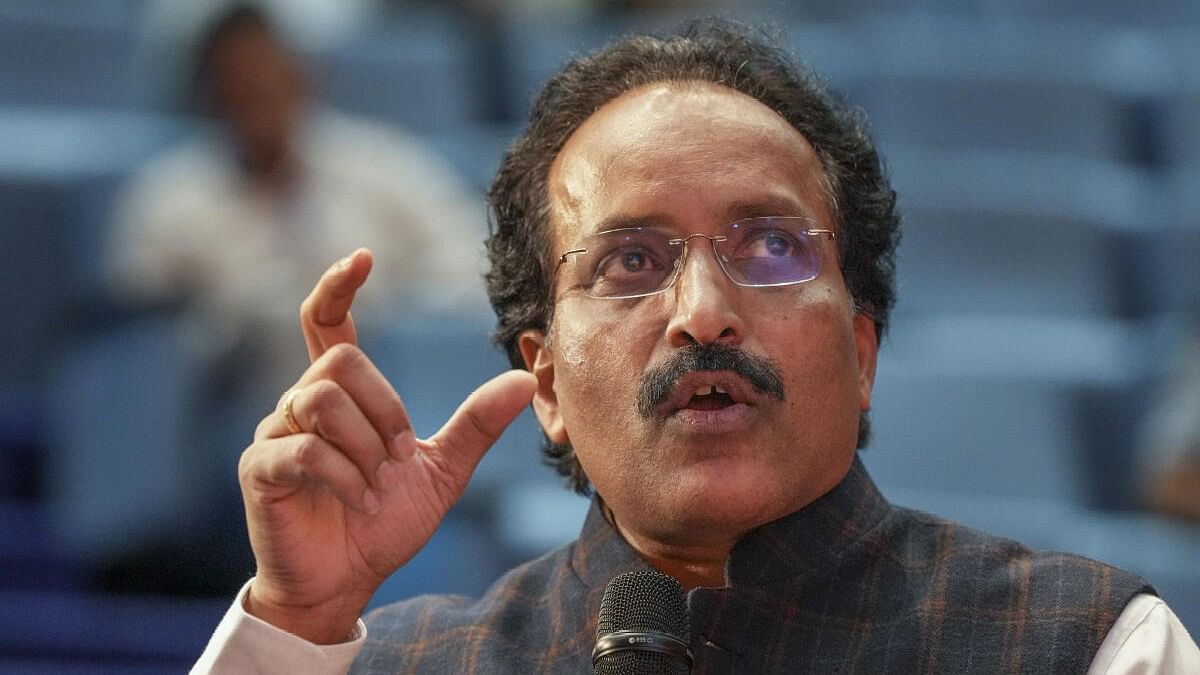
ISRO Chairman S Somanath.
Credit: PTI Photo
Bengaluru: India is planning to launch the first uncrewed Gaganyaan mission around the end of the year, ISRO Chairman S Somanath said here on Friday.
Speaking with reporters on the final day of the Bengaluru Space Expo 2024, Somanath said the space agency was not setting “tight timelines” for the human spaceflight programme and the first of the three uncrewed missions could happen by year-end or early next year.
“If all the three missions go well, we’ll have the manned mission,” Somanath said. ISRO is preparing for a December launch for the uncrewed mission and the rocket has reached Sriharikota.
Somanath said it would take two years to develop a detailed design for Chandrayaan-4, the follow-up to Chandrayaan-3 which made a soft landing near the lunar south pole in August last year.
Chandrayaan-4 was one of the four key projects the Union Cabinet approved on Wednesday, at a total outlay of over Rs 22,000 crore. It is aimed at demonstrating capabilities of lunar landing and return to Earth, and collecting moon samples for their analysis on earth. The ISRO Chairman said SPADEX (space docking experiment), scheduled later this year, would demonstrate ISRO’s ability to apply the docking technology.
Underlining possibilities of the Bharatiya Antariksh Station (BAS) which is proposed for operations by 2035, Somanath said the station would be critical in addressing the demands of multiple satellite launches, India’s space research ambitions, and the need for a permanent space habitat where astronauts could stay. The first BAS module is scheduled for launch in 2028.
Eyes on Venus
Somanath said the proposed Venus Orbiter Mission (VOM) was an important step towards a greater understanding of the planet closest to Earth. Exploration of Venus will be challenging because of atmospheric pressure 100 times more than on Earth. He said VOM was an important mission because it could study the planet’s potential for habitability.
ISRO’s Next Generation Launch Vehicle is set to increase payload capability, from the existing 10 tonnes to about 30 tonnes, and ensure cost-effectiveness through options in reusability and modularity.